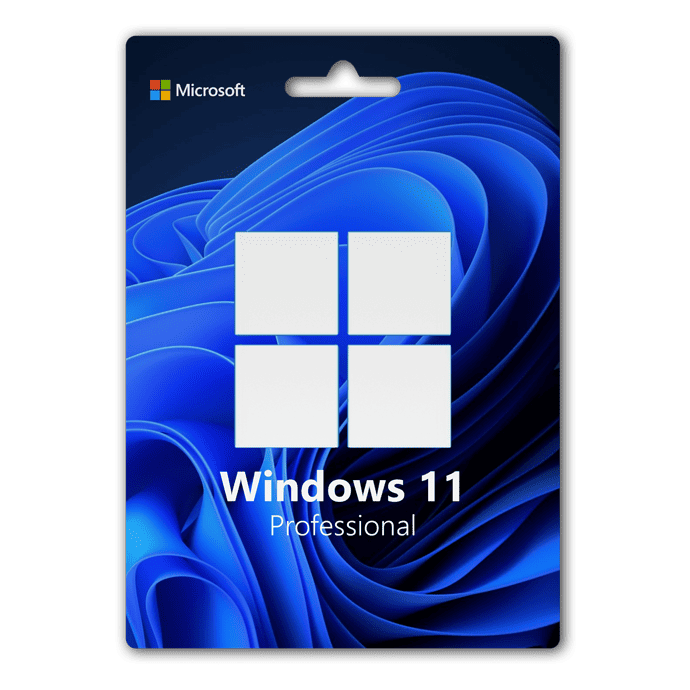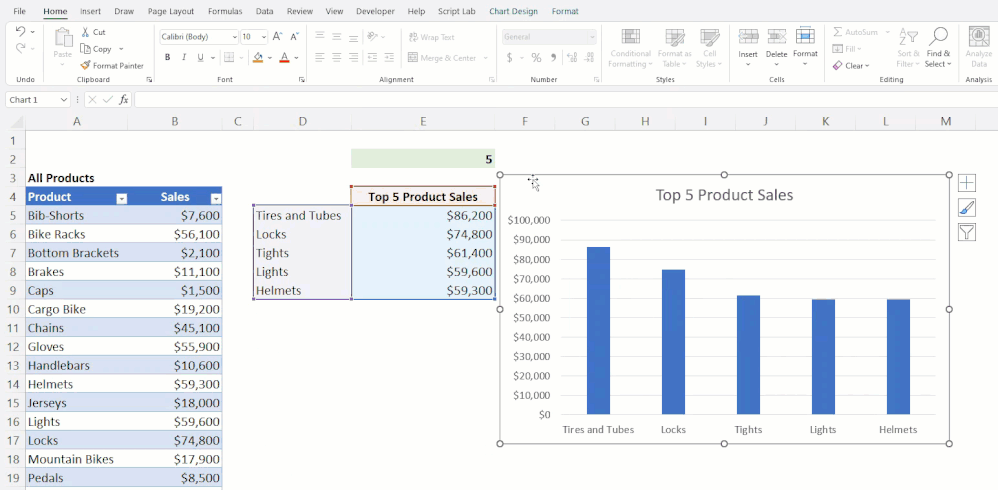For long-term functionality and security, it's essential to verify the validity of you have Windows 10/11 Pro and Home product activation/license keys are authentic and legitimate. The validation of your license proves that the product key is valid as well as confirming that it has been activated correctly, and that it will continue to function. Here are ten suggestions for validating your Windows licence:
1. The code is activated immediately after purchase.
Once you have received the key to activate it right away to ensure it's valid. If you put off activation to activate it, you might be denied a refund or to file an action if the key doesn't work.
It also lets you detect any issues early and keeps you from being shut out of features or updates.
2. Microsoft Genuine Validation Tool
Microsoft offers on their website a Genuine Validation Tool that will verify the authenticity of your copy Windows as genuine. The tool validates the purchase of the key through authorized channels and confirms its activation status.
This is an excellent method to ensure you are protected, especially when you purchase a digital from an unreliable seller.
3. Connect the License to your copyright
A copyright is a way to validate and safeguard your license. Go to Settings > Update and security > Activation to confirm that your license is connected to your account.
You can also manage and transfer licenses when you update your hardware.
4. Utilize Windows Activation status
Go to Settings > Updates & Security > "Activation" to determine the status. Here, you'll be able to determine if the copy Windows is activated and if it's digital or tied to a product key.
If the system indicates that activation is not complete or suggests that you contact Microsoft the key may be invalid.
5. Avoid third-party Validation tools
Don't rely on third-party tools when validating keys. Certain tools aren't reliable and could be malicious.
To ensure that you have accurate information about your license, use only Microsoft official tools, or system settings.
6. Verify the source's authenticity
Make purchases from trusted and authentic sellers. Check if the seller has been certified by Microsoft to prevent fake or unauthorized keys.
Go to the website of the seller for Microsoft certificates or badges of partnership to confirm their legitimacy.
7. Find a COA (Certificate of Authenticity)
A COA sticker confirms that the item is genuine. It is accompanied by a product key which is unique, particularly in the case of OEM Windows.
When buying the OEM or a physical copy, be sure to insist on obtaining the Certificate of Authenticity. This is a way to confirm the authenticity of the key.
8. If you are unsure, call Microsoft Support
Contact Microsoft Support if you are unsure about the validity of your key. Microsoft Support will verify the authenticity of your key as well as provide advice in the event that issues arise.
Keep a record of your purchase details such as receipts and any communications with the seller, for reference when you call support.
9. Be sure to look for unusual actions
Windows licenses are supposed to activate automatically without the requirement for additional instructions. This could include calling a third-party number or installing a separate activation program.
Unusual activation methods could indicate that a key is invalid. Microsoft's system settings permit activation of the product.
10. Beware of activation error
Be aware of any errors in activation when your key does not function. License issues can be identified with error codes, such as 0xC004C003 for a blocked key and 0xC004F050 if you have an invalid key or 0x803FA067 for an incompatible hardware.
Microsoft's official code directory contains the explanation of error codes as well as solutions. It's possible that the key you have may be copyright or restricted.
Additional Tips:
Store your Product Key Safely: You can store a digital or hard copy of your key in a safe place which is safe. It could be required if Windows is reinstalled or if you switch your hardware.
Microsoft can easily flag or block keys purchased from second-hand suppliers.
Volume Licenses: Do not purchase keys for volume licensing. They're typically restricted to specific organizations, and are deactivated when misused.
By following these tips by following these tips, you can confirm that the Windows license is genuine, functional, and supported and avoid the risk of faulty or copyright product keys. Take a look at the most popular buy windows 10 license for site examples including buy windows 10 product key, Windows 11 keys, windows activation key 10, Windows 11 price, Windows 11 key, buy windows 10 product key, windows activation key 10, Windows 11 activation key, windows 11 activation key home, windows 11 product key and more.

Top 10 Tips On Licensing Type When Purchasing Microsoft Office Professional And 2019/2021/2024
When buying Microsoft Office Professional Plus 2019 2024, 2021, or 2021, it's crucial to understand the different types of licenses available to make sure you're purchasing the right type of license for your requirements. Different licenses have different terms in terms of support options, as well as limitations. Here are ten tips to guide you through different license types.
1. Learn about the primary types of licenses.
Microsoft Office Professional Plus is available in several different licensing types, including Retail, OEM, and Volume Licensing. Each type is subject specific terms and restrictions:
Retail: A one-time purchase, usually dependent on a single person. If needed the license is transferred to a different device.
OEM It is a device that can be only installed on the original device. It cannot be transferred. It's less expensive, but not as versatile.
Volume Licensing: This is a great option for companies or schools since it is a solution that can be adjusted to accommodate multiple users.
2. Retail Licenses for Flexibility
Retail licenses give you the most flexibility. It is possible to install Office on any device, and later transfer the license to another PC or upgrade. It is the best option for those who may upgrade their hardware in the future or switch the devices.
3. OEM Licenses for a Lower Cost
OEM licenses cost less but aren't transferable. They also are dependent on the device. They are meant to be used on computers that have Office installed by the manufacturer. A OEM license could cost less, but it limits your options when you build or upgrading a customized PC.
4. Understanding Volume Licensing
Volume Licensing is a popular option used by government agencies, businesses as well as educational institutions. This is the most economical if Office is being purchased for a large amount of users and devices. It has other benefits too, including central management, deployment that's easier, and discounts for the quantity.
5. Multiple Device Licenses Multiple Device Licenses
Retail licenses typically cover the installation of one or two devices. Be sure to know the number of devices that the license covers when you purchase.
6. Check for license transferability
Retail licenses generally can be moved between devices, provided they're not activated from the previous one. OEM licenses however are tied to the device from which they was purchased, and are not able to be moved. If you are planning to frequently switch computers, this is an important aspect to take into consideration.
7. Examine User Licenses as opposed to. Device Licenses
Some licenses are assigned per user, whereas others are assigned to devices. If you're looking to buy Office for one user who has access to it on multiple devices, then you should look for licenses contingent on the number of users. This includes subscriptions to Microsoft 365 or Volume Licensing.
8. Assess Support and Updates
Microsoft provides regular updates and complete support for Volume Licenses and Retail Licenses. OEM licenses may have a some limitations on support. The software may also not receive any updates once the device it's connected to no longer has manufacturer support.
9. Understanding Licensing Upgrades
Volume Licensing or Retail Licenses could permit you to upgrade Office at a reduced cost or through the Microsoft Software Assurance (for Volume Licensing).
OEM licenses generally do not come with upgrade rights. It is possible to purchase a separate licence for upgrading Office to a more recent version.
10. License Agreement Terms: Check them out
Microsoft has offered the license agreement for Office Professional Plus. The terms of the agreement will contain any restrictions or guidelines concerning the transfer of software or the rights to use it for specific devices or purposes (e.g. business use or personal use). Understanding the terms can help you to avoid any unexpected limitations.
The final sentence of the article is:
The appropriate Microsoft Office Professional Plus license depends on the needs of your company, or individual. Understanding the differences between Retail, OEM and Volume Licensing allows you to make educated decisions based on flexibility, cost and support. Check the licensing conditions to make sure you are purchasing the correct version. Have a look at the top Office paket 2019 for blog examples including Office 2019 download, Microsoft office 2019, Ms office 2019, Office 2019 download, Ms office 2024, Microsoft office 2021 download, Office 2019 product key, Office 2019, Office 2021 professional plus, Office 2019 and more.
